MALVACEAE (Mallow family)
Part 3The KokiaÂs
One of HawaiiÂs endemic genera in the Family Malvaceae is Kokia, the "Hawaiian tree cottons." KokiÂoÂs are some of our most treasured and loveliest flowers in Hawaii. All are extremely rare and federally listed as endangered species. KokiÂo are deciduous, meaning they loose their leaves, usually by September when they turn a nice reddish color. After a temporary rest period they put out new leaves in the cooler "winter" months. All Kokia spp. are known by the Hawaiian names hau hele Âula, or kokiÂo. Since they are more commonly referred to as kokiÂo, I will use this Hawaiian name in this posting. All the flowers are brilliant deep reds or reddish-orange and curved to accommodate the nectar-feeding honeycreepers that feed, or used to feed, on them. LetÂs briefly preview the four species.
The KauaÂi kokiÂo (Kokia kauaiensis) can grow to be over 30 feet tall in diverse mesic forests at elevations from 1,960 to 2,600 feet. As the name suggests, they are found only on KauaÂi in a few valleys in western part of the island in six populations with a total of less than 200 individuals in the wild.
The kokiÂo from OÂahu (Kokia lanceolata) has been extinct since the 1880Âs. The last place it grew was on Koko Head Crater in the southeastern part of OÂahu. Not much is known of this kokiÂo, though it was perhaps "a small tree." A recent conversation with a local botanist revealed that although a thorough search of it in itÂs former range has taken place, it resulted in no re-discoveries. It is quite possibly gone forever.
But this is not so with the CookeÂs kokiÂo (Kokia cookei). It barely hangs on under cultivation and has been labeled "the rarest plant on earth." While this certainly was true, there are several strong contenders for that title today. Formerly it was found in the dry forests of Mahana (Puu Nana), a higher elevation point (c.660 ft.) in west MolokaÂi. The only wild specimen measured was about 12-15 feet tall. The dark red flowers are slightly smaller than the other two living kokiÂoÂs. This plant has one of the saddest stories of all native Hawaiian plants. Later I will write about this saga. Today, this kokiÂo exists only as grafts on to the other two living kokiÂoÂs. A truly spectacular tree in bloom and one of the rarest plants on earth. The next time you come to Hawaii, please visit the Waimea Valley Audubon Center on the north shore to see this awesome tree.
The fourth species of kokiÂo is (Kokia drynarioides) from the Big Island HawaiÂi. This is probably the most "common" kokiÂo in cultivation. Still, they are very rare and found only in the North Kona part of the island. They grow to be from 13 to 35 feet tall. Large trees are rare nowadays. If you visit the Big Island be sure to stop by Amy B.H. Greenwell Ethnobotanical Garden in the city of Captain Cook on the Kona-side. Here you will see beautiful examples of the Big Island kokiÂo.
Until recently, kokiÂo have been available at times to Hawaii gardeners at plant sales, nurseries, garden shops or other local sources. KokiÂo can be rapid to sporadic in growth. I cannot say that I have mastered kokiÂo growing techniques but do have a few suggestions that have worked for me. After slightly scarifying the seeds to remove fuzzy seed coat, they will hasten to come up if viable. I plant them in large grade perlite with a little sulfur dusting in the mix and try to keep them out of the rain. This way you can regulate the amount of water. The trick is to know how much water to give them without rotting the seeds or seedlings, but enough to promote growth and not desiccate the seedlings. I just killed two K. kauaiensis seedlings about a month ago because I forgot to shelter them from the heavy rainfall over several consecutive days. Talk about a wake up call! When the plants are about a foot high, they can be put into a site location. Once established they do very well and you may rarely have to water them. They respond well to fertilizers. Growth is slow in the summer. In the "fall" the leaves of larger trees will turn red and drop. Younger trees seem to retain most of their leaves. They appear to put out more leaves during our "winters" when it is a little cooler. I have found that they have few pests too. Also, the dried seed pods make a unique addition to flower arrangements.
I highly recommend our local friends to find and save a spot on their property for this rare and endangered relative of the hibiscusÂthe kokiÂo.
To see these plants please visit http://ravenel.si.edu/botany/pacificislandbiodiversity/hawaiianflora/result2.cfm and http://www.botany.hawaii.edu/faculty/carr/kokia.htm
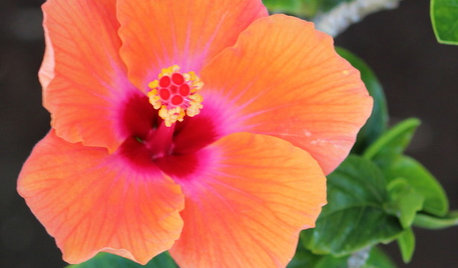



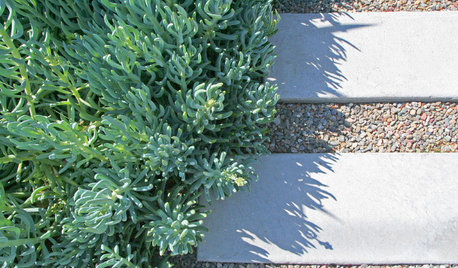
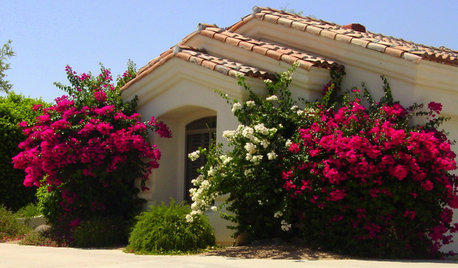
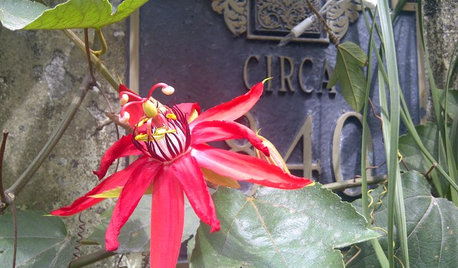
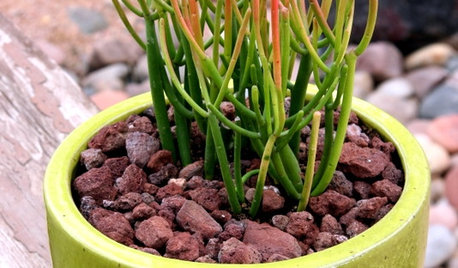
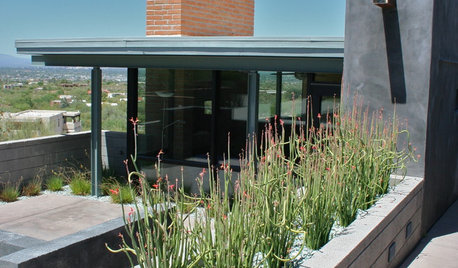
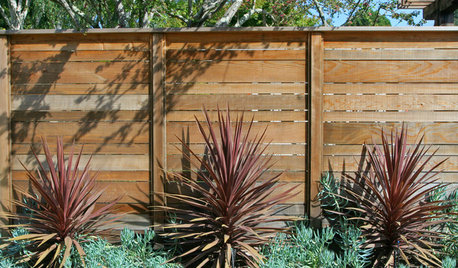






Ron_B
Related Professionals
Comstock Park Landscape Architects & Landscape Designers · Birmingham Landscape Architects & Landscape Designers · Willowick Landscape Architects & Landscape Designers · Alamo Landscape Contractors · Broomfield Landscape Contractors · Canton Landscape Contractors · Fair Oaks Landscape Contractors · Hurricane Landscape Contractors · Live Oak Landscape Contractors · Middletown Landscape Contractors · Porterville Landscape Contractors · Quincy Landscape Contractors · Saint Paul Landscape Contractors · View Park-Windsor Hills Landscape Contractors · Palos Hills Landscape Contractors